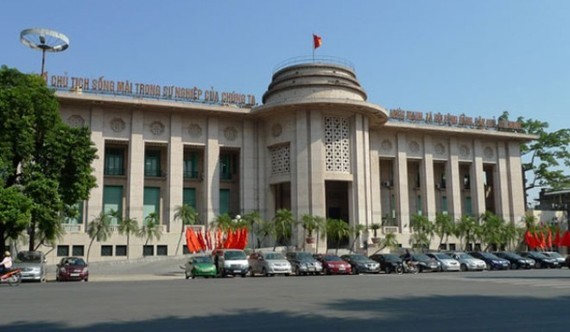 Illustrative photo
Illustrative photo
Stabilizing exchange rate
On 21 June, the State Bank of Vietnam reused the T-bills channel after freezing it for two years, and in the last one month, it has issued a total of nearly VND400,000 bln in bills to remove the corresponding amount of Vietnam dongs from the market. This move took place in the context that the interest rate differential between the Vietnam dong and the US dollar in the interbank market has continuously decreased, and was even negative at the end of May and the beginning of June, especially for short-terms, causing the exchange rate to fluctuate greatly.
When the State Bank of Vietnam reopened the T-bills channel, Mr. Pham Chi Quang, Deputy Director General in charge of the Monetary Policy Department, said that the State Bank of Vietnam would increase the frequency of selling foreign currency so as to be ready to supplement the foreign currency supply to the market more often, and in order to help credit institutions fully and promptly meet legitimate foreign currency demand.
According to comprehensive data from many organizations, from the beginning of the year until now, the State Bank of Vietnam has sold about US$12 bln to US$13 bln, equivalent to more than 11 percent of the foreign exchange reserve at the end of January. Particularly in the second half of June, there was about US$2 bln to US$3 bln injected into the market by the State Bank of Vietnam to stabilize the exchange rate. The foreign currency selling policy was also adjusted by the State Bank of Vietnam at the beginning of July, switching from the three-month irrevocable forward sale to spot sale.
At the same time, the State Bank of Vietnam raised the US dollar buying price to VND23,400, which means the US dollar and Vietnam dong exchange rate increased by 2.5 percent compared to the end of 2021. These actions are said to reduce pressure on interest rates as well as manage foreign currency capital flow into the system. In recent sessions, the State Bank of Vietnam also strongly adjusted the central exchange rate at VND20 to VND30, to closely follow the fluctuations of the US dollar in the international market.
In the first six months of the year, the US Federal Reserve (FED) switched from easing to tightening monetary policy and raised interest rates three times in consecutive row. The optimistic forecasts about the US dollar and the Vietnam dong exchange rate at the beginning of the year was quickly replaced by cautious forecasts after the FED raised interest rates by 0.75 percent on 15 June, the biggest increase in 28 years, causing the Dollar Index (DXY) to skyrocket, and at one point reach 109 points.
Therefore, over the last one month the State Bank of Vietnam is making efforts to stabilize the exchange rate in a pressurized environment. Initial results show that although the DXY index has increased by nearly 10% since the beginning of the year, creating greater pressure, the US dollar and Vietnam dong exchange rate has only increased by about 2 percent to 2.5 percent, which is quite low compared to other currencies in the region.
Multiple pressures
In theory, if inflation increases, the currency will depreciate. At the same time, a currency with a high-interest rate will be stronger than a currency with a low-interest rate. In the context that the inflation rate in Vietnam in six months is only 2.44 percent, the inflation rate in the US is 9.1 percent and the Vietnam dong interest rate is higher than the US dollar interest rate, as the Vietnam dollar must appreciate against the US dollar.
However, in reality, the Vietnam dong cannot be a market alone. Rates must also move up to avoid US accusations of currency manipulation. Moreover, in the context of complicated international market movements, the demand for the US dollar increased when it was considered a safe currency. Vietnam is also facing a trade balance deficit of nearly US$1.3 bln, from the beginning of the year to 15 June. Not only that, but the local currency will also face further downward pressure as the FED is likely to continue raising interest rates in the second half of 2022.
This is causing external pressure. Concerning the inside pressure, Dr. Truong Van Phuoc, a member of the National Monetary Policy Advisory Council, pointed out that in Vietnam, there are 4 types of exchange rates which include the central exchange rate, the commercial exchange rate, the interbank exchange rate, and the free market exchange rate. Currently, the State Bank of Vietnam can intervene in three types of exchange rates in the official market, while the exchange rate in the free market is difficult to intervene.
As noted by Saigon Investment, the black-market exchange rate has increased sharply, especially when the domestic and international gold prices continuously keep a difference of VND16 mln to VND 19 mln per tael. At the end of June, the black-market US dollar and Vietnam dong exchange rate reached VND23,940 per USD, and on 18 July the black-market US dollar buying and selling price was at VND24,520 to VND24,670 per USD.
Dr. Nguyen Tri Hieu, a banking finance expert, said that the Vietnam dong in the free market is depreciating very strongly. The black-market rate is much higher than the official rate, which shows that the official exchange rate has not increased according to the needs of the market. This is a phenomenon that state agencies need to pay attention to. Because when the black-market price is much higher than the official price, it leads to foreign exchange speculation. Speculators will look to the official market to buy the US dollar at a low price and sell it to the free market at a high price, which will be detrimental to the exchange rate policy as well as harm the functioning of the State Bank of Vietnam.
However, raising the exchange rate according to the free market is difficult to do, because it is the job of the State Bank of Vietnam to stabilize the exchange rate to control inflation. If the US dollar and Vietnam dong exchange rate increases, import goods will become more expensive, stimulating import inflation. At the same time, increasing the US dollar and Vietnam dong exchange rate will also increase public debt if it is calculated in Vietnamese dongs. This is a difficult situation for the operator.
Currently, Vietnam has some advantages in foreign currency supply such as relatively high foreign exchange reserves of about 14 to 15 weeks of import, with exports in the first six months having increased in both volume and price. The World Bank (WB) ranks Vietnam 8th in the world and 3rd in the Asia-Pacific region in terms of remittances. Disbursed Foreign Direct Investment (FDI) capital according to forecasts will flow stably.
But according to the latest report of the State Bank of Vietnam, in the week from 4 July until 8 July, the average interest rate on the interbank market of Vietnam dongs in some terms of overnight, or 1 week, or 2 weeks, and 9 months is still lower than the average interest rate of the US dollar. The negative interbank interest rate difference between the US dollar and the Vietnam dong will stimulate the demand to buy the US dollar which will continue to increase, which is a hindrance to the US dollar and Vietnam dong exchange rate.
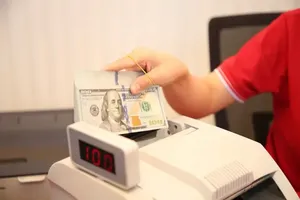



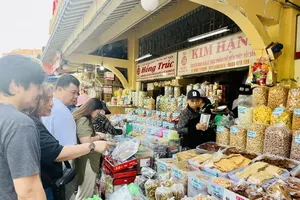


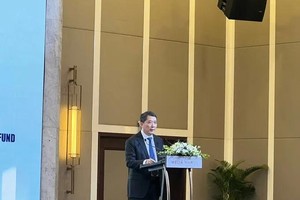




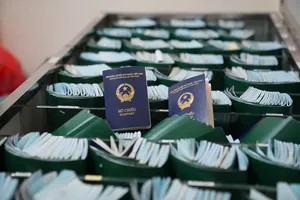
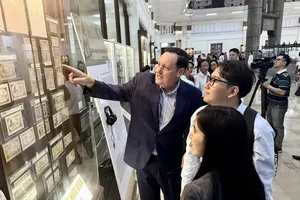


)

)





